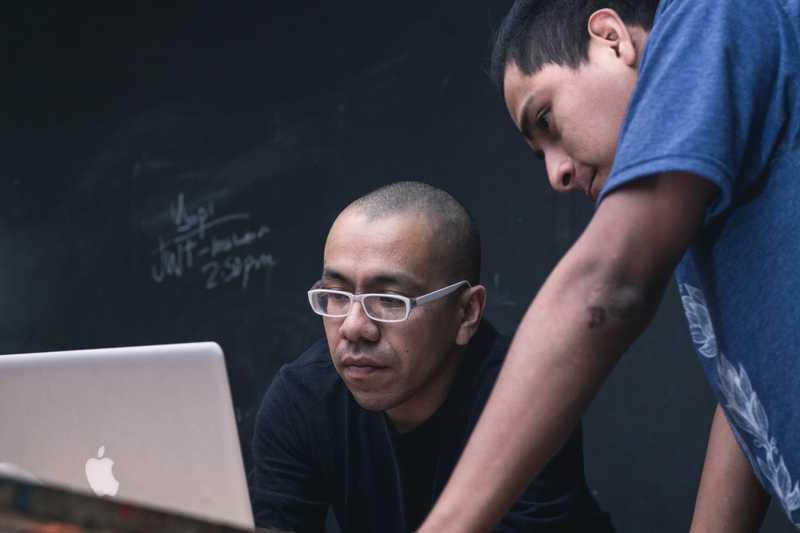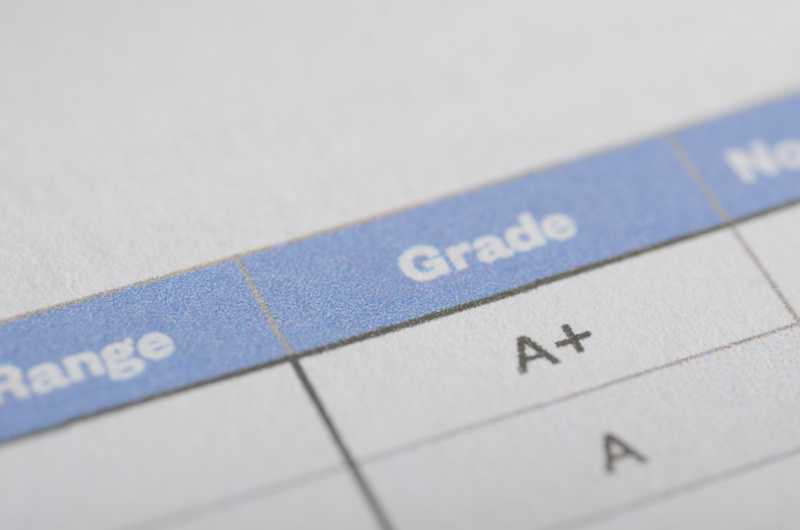Democratizing access to higher education
May 28, 2020

"By delivering the course with the support of a classroom teacher, the model reduces the retention challenges many traditional online courses face. The power of teachers can hardly be overstated, and this model is no exception. Teachers help support and engage students, in ways that traditional online models simply can’t."


